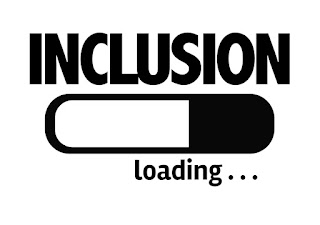by Francesco Avvisati
Analyst, Directorate for Education and Skills
While Joana, a 15-year-old girl from Fortaleza in Brazil, was sitting the PISA test in 2015, her cousin, also 15 but living in the countryside, was busy working in the family business. In fact, by the time they turn 15, many adolescents in low- and middle-income countries are no longer enrolled in school (or have never been), particularly in sub-Saharan Africa and South and West Asia. But soon, those children may be able to sit a PISA test specifically designed for out-of-school youth.
Increasing the educational attainment of young adults has been the focus of much effort over recent decades. But we all know that having children spend more time in school does not guarantee that every student will learn. For this reason, the fourth Sustainable Development Goal (SDG4), which defines the new global agenda for education and was adopted by the United Nations in September 2015, emphasises improvements in the quality of education and learning outcomes, rather than increases in time spent at school.
This challenging goal urges countries not only to increase access to education, but also to improve the skills of students who are already in school. If you think it is impossible to do both at the same time, you probably have not yet read the latest PISA in Focus.
This month’s issue investigates what happened to the PISA results of countries, such as Albania, Brazil, Colombia, Costa Rica, Indonesia, Jordan, Mexico, Turkey and Uruguay, all of which expanded their education systems to include previously excluded – and mostly disadvantaged – populations. Perhaps surprisingly, for many of them, average performance improved.
PISA shows that the goals of more inclusive and better-quality education can go hand in hand in low- and middle-income countries when governments are committed to measuring the outcomes of schooling. In other words, it shows that countries do not have to choose between quality and quantity. While dismantling the barriers to schooling, countries can also help every student acquire the skills they need to thrive in increasingly knowledge-intensive economies.
Analyst, Directorate for Education and Skills
While Joana, a 15-year-old girl from Fortaleza in Brazil, was sitting the PISA test in 2015, her cousin, also 15 but living in the countryside, was busy working in the family business. In fact, by the time they turn 15, many adolescents in low- and middle-income countries are no longer enrolled in school (or have never been), particularly in sub-Saharan Africa and South and West Asia. But soon, those children may be able to sit a PISA test specifically designed for out-of-school youth.
Increasing the educational attainment of young adults has been the focus of much effort over recent decades. But we all know that having children spend more time in school does not guarantee that every student will learn. For this reason, the fourth Sustainable Development Goal (SDG4), which defines the new global agenda for education and was adopted by the United Nations in September 2015, emphasises improvements in the quality of education and learning outcomes, rather than increases in time spent at school.
This challenging goal urges countries not only to increase access to education, but also to improve the skills of students who are already in school. If you think it is impossible to do both at the same time, you probably have not yet read the latest PISA in Focus.
This month’s issue investigates what happened to the PISA results of countries, such as Albania, Brazil, Colombia, Costa Rica, Indonesia, Jordan, Mexico, Turkey and Uruguay, all of which expanded their education systems to include previously excluded – and mostly disadvantaged – populations. Perhaps surprisingly, for many of them, average performance improved.
PISA shows that the goals of more inclusive and better-quality education can go hand in hand in low- and middle-income countries when governments are committed to measuring the outcomes of schooling. In other words, it shows that countries do not have to choose between quality and quantity. While dismantling the barriers to schooling, countries can also help every student acquire the skills they need to thrive in increasingly knowledge-intensive economies.
Links
Photo credit: @shutterstock

No comments:
Post a Comment